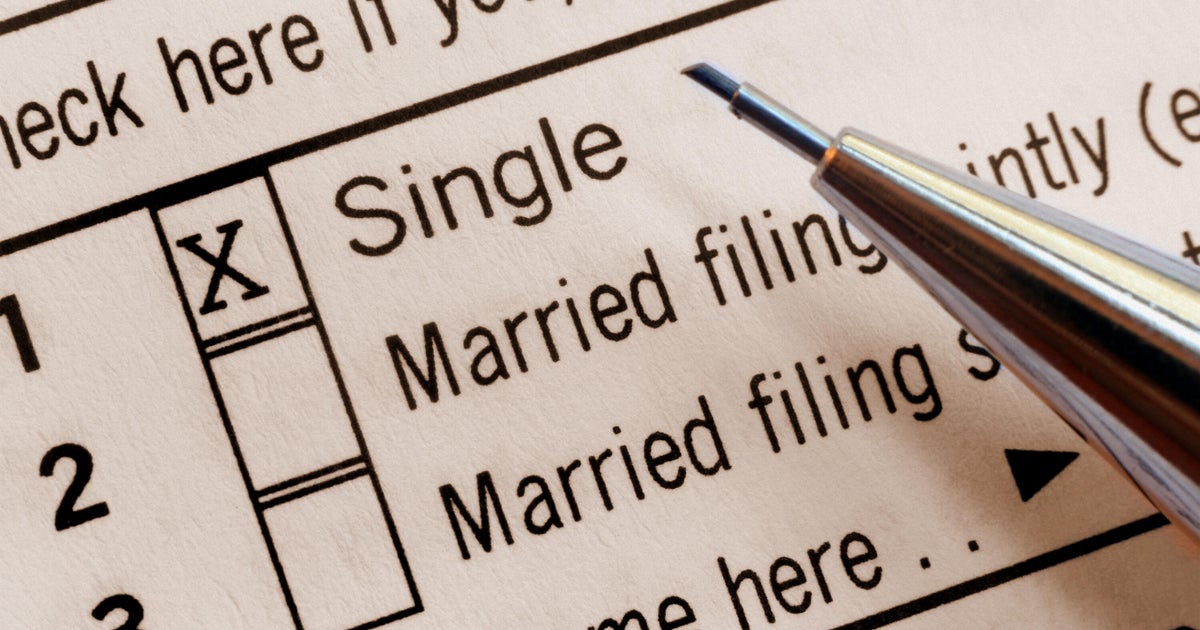IRS releases income tax brackets and standard deductions for 2026. Here’s what to know.

The IRS is adjusting the income limits for its federal income tax brackets to account for the impact of inflation, an annual reset that could provide relief for some Americans when they file their taxes next year.
The IRS makes these adjustments, typically in October or November, to avoid what it known as “bracket creep,” which is when inflation pushes people into higher tax brackets, potentially forcing them to dole out more money come April.
The upshot: Americans will have to earn more income next year before reaching a higher tax bracket. For example, the upper tax limit on a single filer making $50,000 will be 12% in 2026 versus 22% in 2025.
See the updated tax brackets below.
Standard deduction
In addition to setting the federal income tax brackets, the IRS also released changes to 2026 standard deductions on Thursday.
- Married couples filing jointly will have a standard deduction of $32,200
- Heads of households will have a standard deduction of $24,150
- Single taxpayers and married individuals will face a standard deduction of $16,100
Seniors could see additional relief due to a provision in the One Big Beautiful Bill Act that provides a temporary tax deduction of up to $6,000 for people aged 65 and older. The tax break, which is set to expire at the end of 2028, is available to those with an adjusted gross income of $75,000 or less for single filers and $150,000 or less for couples filing jointly.
The IRS announced Wednesday that an agency-wide furlough would begin on Oct. 8 due to a lapse in federal appropriations as a result of the government shutdown. Taxpayers with an Oct. 15 extension deadline should plan on submitting their returns as planned, according to the IRS.
“Taxpayers should continue to file, deposit, and pay federal income taxes as they normally would; the lapse in appropriations does not change Federal Income Tax responsibilities,” a spokesperson told CBS News in an email.
Understanding your tax bracket
There’s a misconception that Americans pay the top tax rate on every dollar of their income, but that isn’t the case. Taxation in the U.S. is progressive, meaning that tax rates increase the more you earn. In other words, the seven income tax rate brackets — 10%, 12%, 22%, 24%, 32%, 35% and 37% — represent the percentage you’ll pay on portions of your income.
For instance, a single taxpayer making $50,000 in taxable income in 2026, will pay 10% in federal taxes on the first $12,400 of their income (the top threshold for the 10% bracket) and then 12% on the remaining $37,600.
To determine your marginal tax bracket, you must first figure out what your highest taxable income is.
For instance, a married couple with $150,000 in gross income would first subtract the 2026 standard deduction of $32,200 from that amount, leaving them with $117,800 in taxable income. That would put their top marginal tax rate at 22%. However, their effective tax rate is much lower:
- Their first $24,800 of income will be taxed at 10%, or $2,480 in taxes
- Their earnings from $24,800 to $100,800 would be taxed at 12%, or $9,120 in taxes
- Their income from $100,800 to $117,800 would be taxed at 22%, or $3,740 in taxes
Combined, they would pay $15,340 in federal income taxes, giving them an effective tax rate of 13%.




